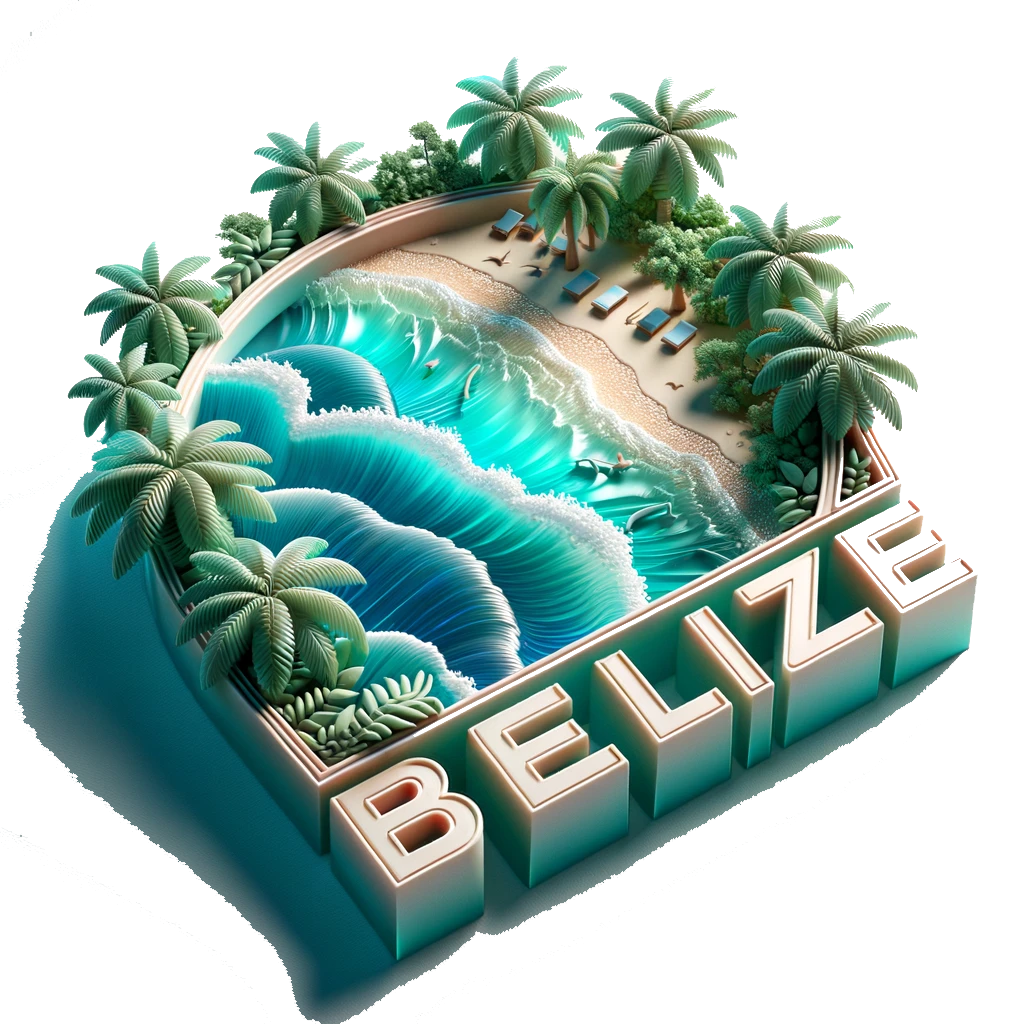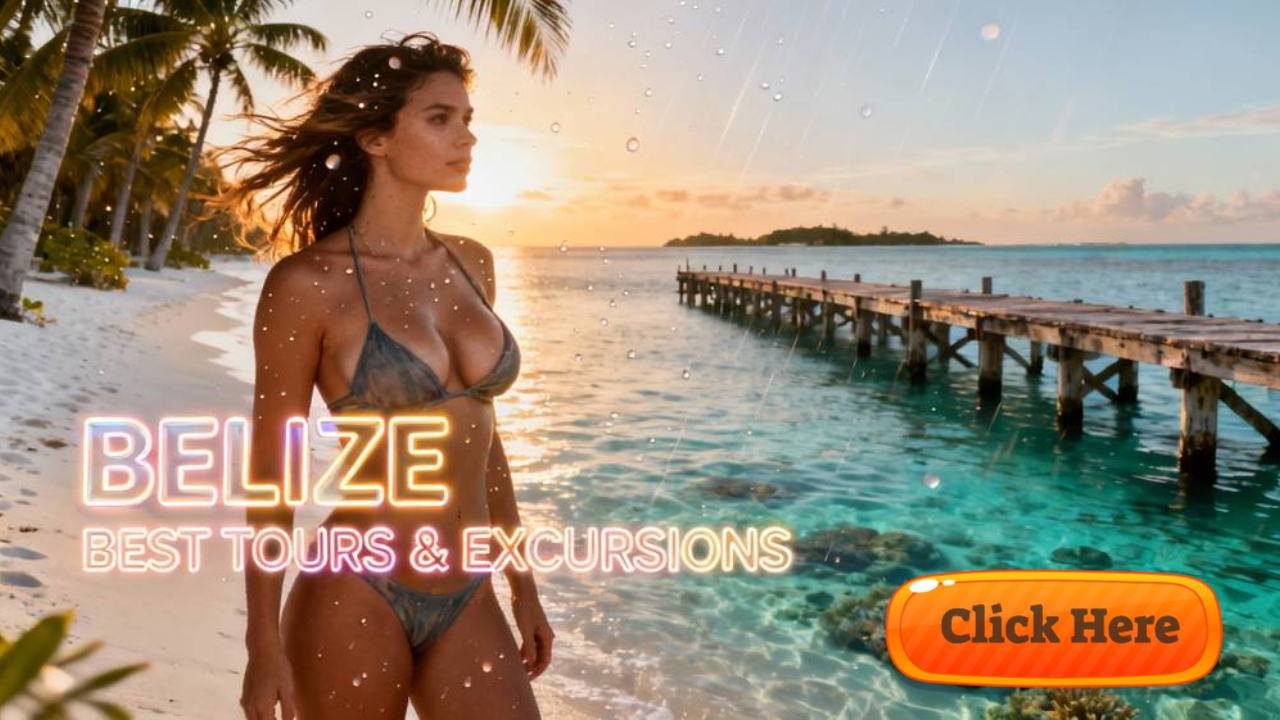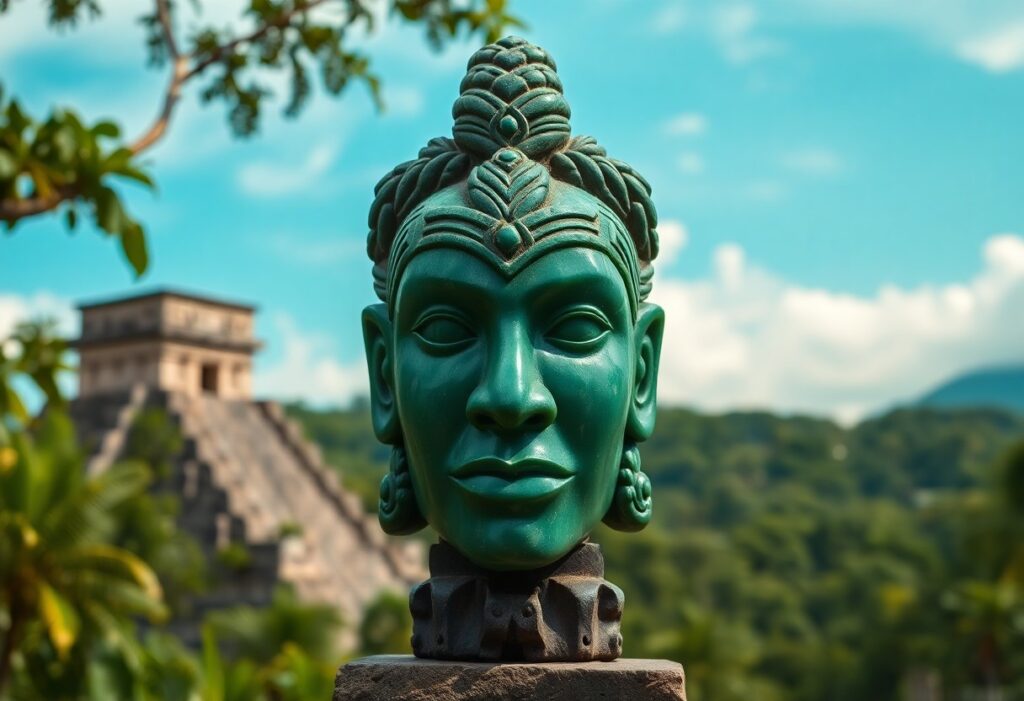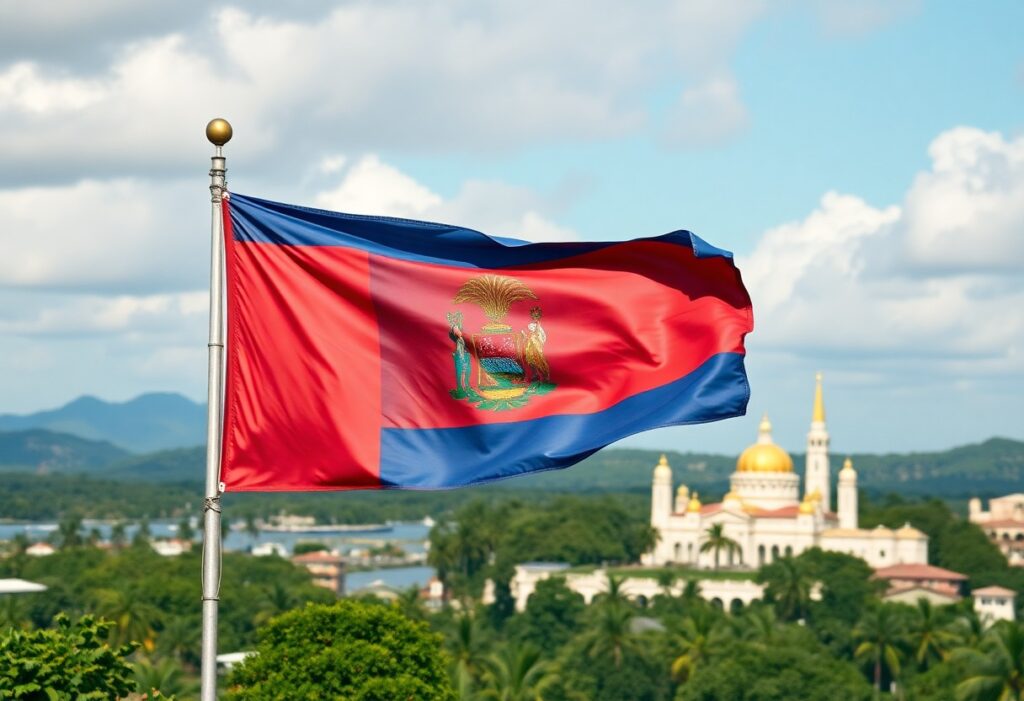Belize offers you a unique opportunity to explore ancient Maya civilization through its well-preserved archaeological sites. As you plan your International Archaeology Day activities, you’ll discover that Belize houses some of Central America’s most significant Maya ruins, including Xunantunich, Caracol, and Lamanai. Whether you’re a history enthusiast or casual explorer, you can participate in hands-on archaeological activities, from pottery workshops to guided site tours. Your journey through Belize’s archaeological wonders will connect you with over 2,000 years of Maya history, where expert guides help you understand the significance of each temple, plaza, and artifact you encounter.
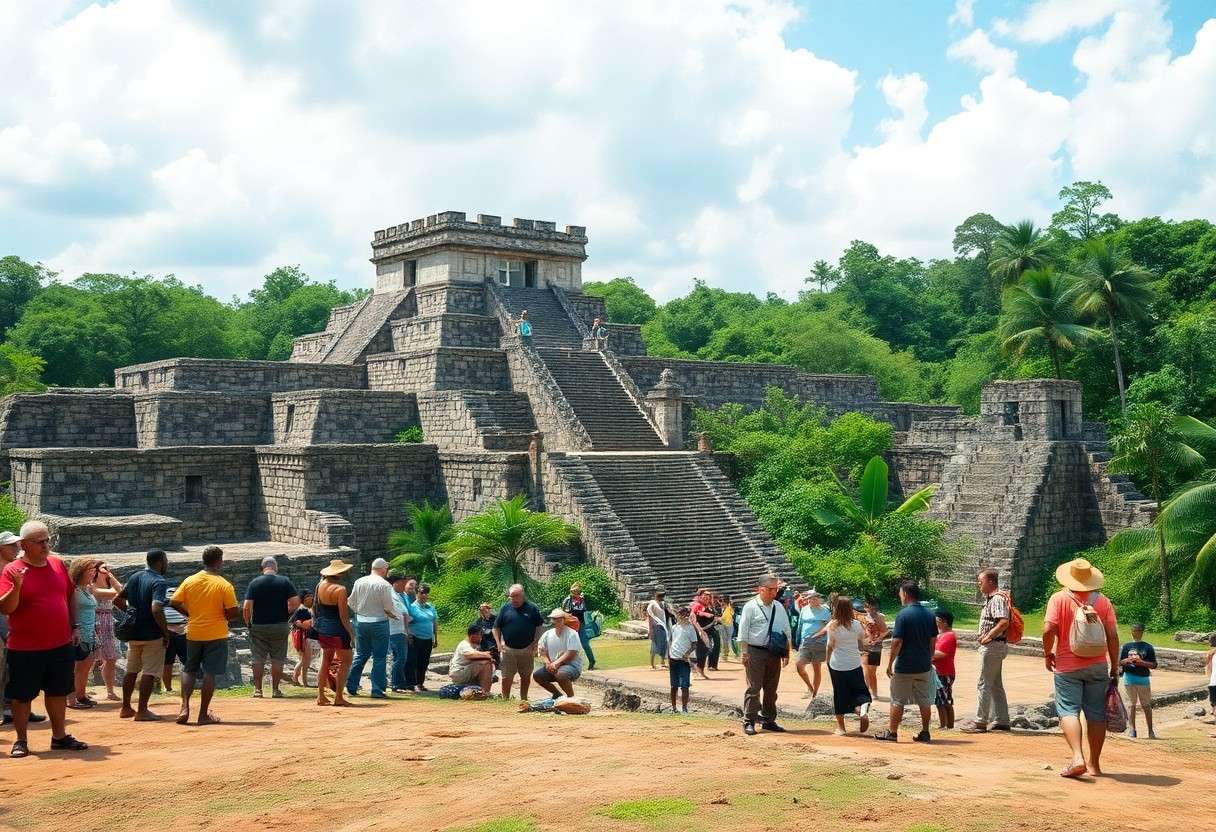
Types of Archaeological Activities in Belize
Before you initiate on your archaeological adventure in Belize, understand the diverse range of cultural activities and educational experiences available throughout the country. The archaeological activities combine hands-on learning with historical exploration.
| Activity Type | Location Examples |
|---|---|
| Temple Exploration | Xunantunich, Caracol, Lamanai |
| Cave Tours | ATM Cave, Barton Creek |
| Hieroglyph Workshops | San Ignacio, Belmopan |
| Pottery Classes | Toledo District, Orange Walk |
| Archaeological Digs | Cahal Pech, Altun Ha |
Temple and Site Exploration
Clearly, temple exploration stands as your gateway to understanding Maya civilization. You’ll discover ancient architectural marvels at sites like Xunantunich and Caracol, where expert guides reveal stories hidden within stone structures dating back to 250-900 AD.
Cave Archaeological Tours
On your journey through Belize’s sacred caves, you’ll encounter evidence of ancient Maya rituals. The ATM Cave presents a unique opportunity to witness ceremonial chambers and artifacts in their original context.
This immersive experience takes you through challenging terrain where you’ll wade through underground rivers and climb through narrow passages. Your safety is ensured by certified guides who share knowledge about ancient Maya beliefs about the underworld.
Maya Hieroglyph Workshops
Clearly, learning to decipher Maya hieroglyphs opens a window into ancient communication systems. You’ll work with expert epigraphers to understand the basic principles of Maya writing.
Workshops provide you with hands-on experience in reading and writing basic Maya glyphs. You’ll learn about the mathematical systems, calendar recordings, and historical events documented in these ancient texts.
Traditional Pottery Making Classes
An authentic experience awaits in traditional pottery making classes, where you’ll learn ancient techniques passed down through generations of Maya artisans.
A complete immersion into Maya pottery making includes learning about local clay selection, traditional forming techniques, and ancient firing methods. You’ll create your own piece using traditional tools and discover how pottery served both practical and ceremonial purposes in Maya society.
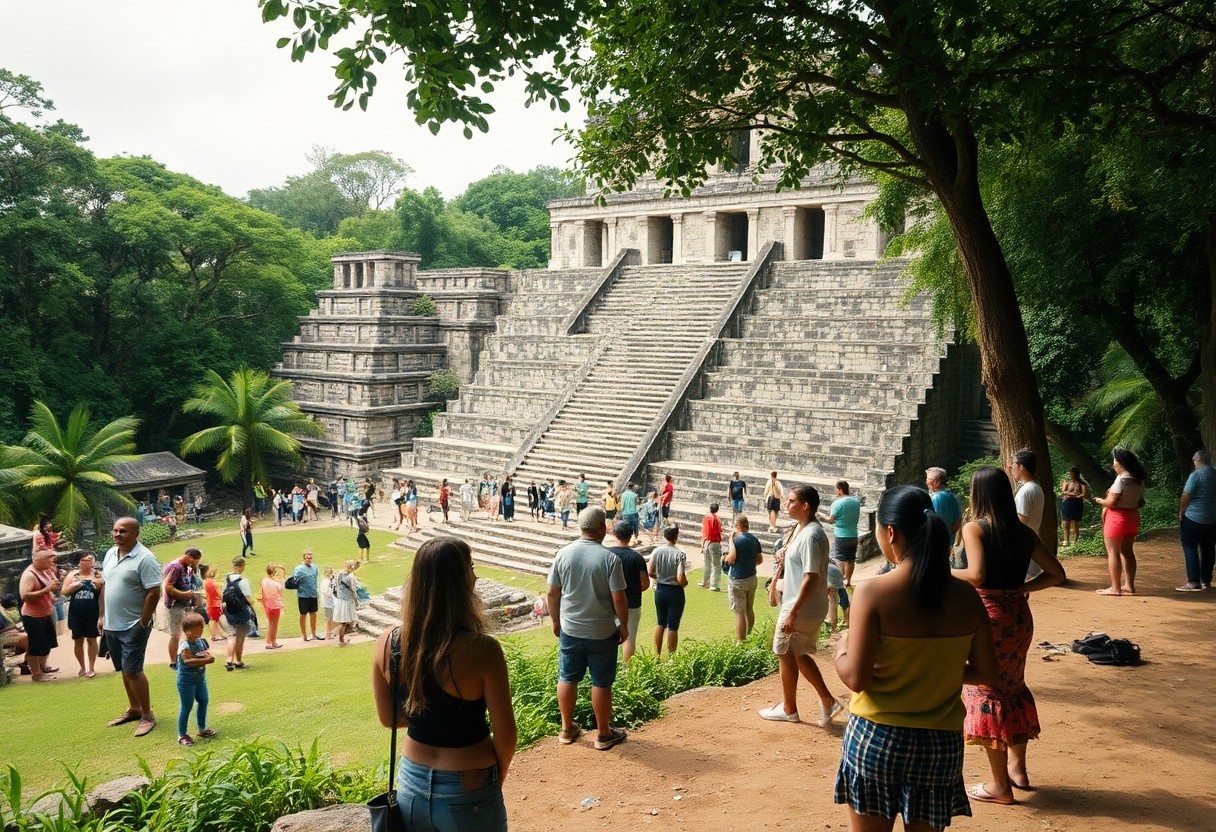
Planning Your Archaeological Experience
Any successful archaeological exploration in Belize requires careful planning. Your journey through ancient Maya sites demands consideration of several key factors including timing, location selection, and duration to ensure a safe and enriching experience. With over 600 documented Maya sites across Belize, proper planning helps you maximize your archaeological adventure.
Best Time to Visit
Archaeological expeditions in Belize are best undertaken during the dry season from December to April. Your exploration during these months benefits from minimal rainfall and optimal visibility at excavation sites. The weather conditions provide better access to remote locations and more comfortable temperatures for outdoor activities.
Location Selection
Some of Belize’s most significant archaeological sites are scattered throughout distinct regions. Your choice might include Xunantunich in Cayo District, Lamanai in Orange Walk, or Caracol in the Mountain Pine Ridge. Each location offers unique insights into Maya civilization.
Location selection impacts your overall experience significantly. You need to consider factors such as site accessibility, available guided tours, and proximity to other attractions. Sites like Altun Ha offer easier access from Belize City, while Caracol requires more extensive travel planning.
Duration Considerations
Assuming you want to fully experience a Maya site, your visit requires adequate time allocation. A single site typically needs 3-4 hours for thorough exploration, including guided tours and personal discovery time. Major sites like Caracol or Lamanai require full-day commitments.
Duration planning should account for travel time, site exploration, and potential weather delays. Your schedule should include buffer time for unexpected discoveries and photography opportunities. Multi-site visits require strategic planning across several days to avoid exhaustion and maximize learning experiences.
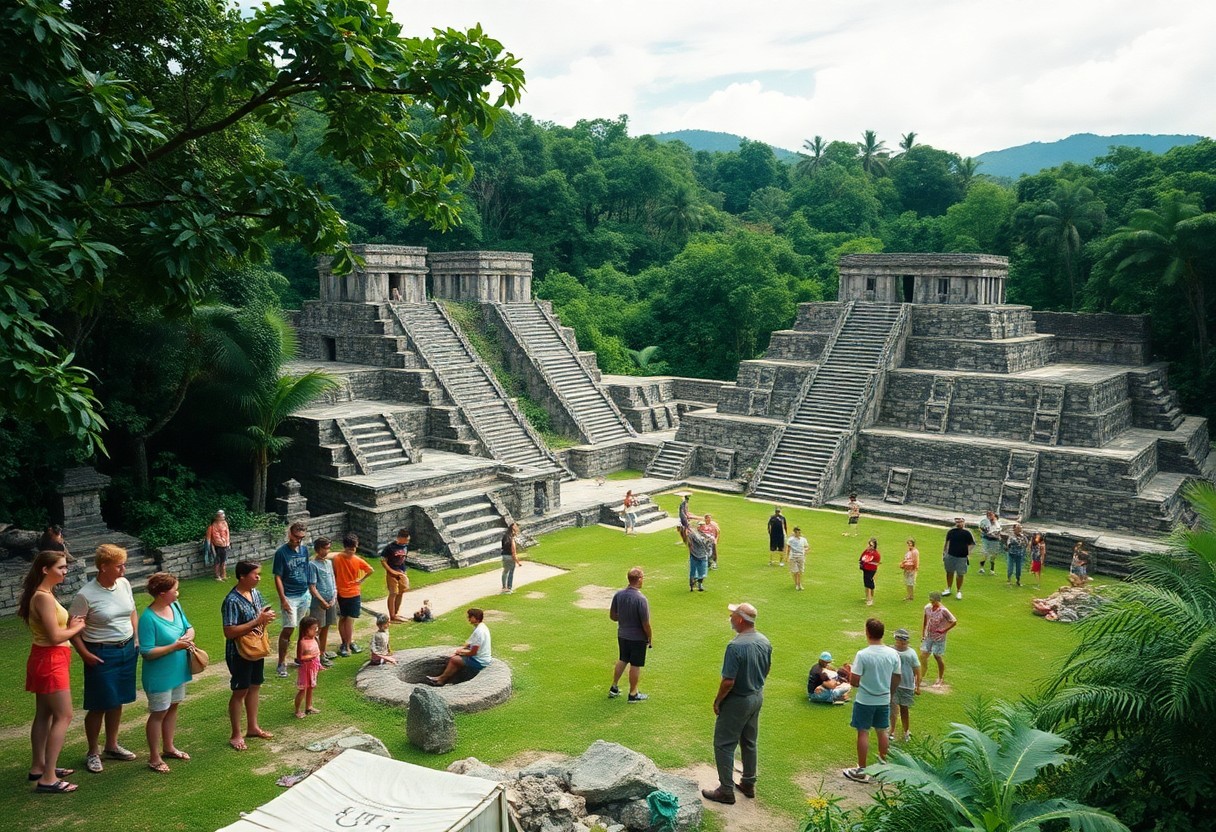
Essential Tips for Archaeological Site Visits
Once again, proper preparation makes the difference between a rewarding and disappointing archaeological experience in Belize. Your visit to Maya sites requires careful planning, including comfortable walking shoes, weather-appropriate clothing, and vital supplies like water and insect repellent. The success of your archaeological adventure depends on following site-specific guidelines and respecting preservation rules.
Preparation Guidelines
Any visit to Belize’s archaeological sites demands advance planning. You should book your guided tours beforehand, check site opening hours, and prepare your photography equipment. Bring a small backpack with vitals like water, snacks, and sun protection.
Safety Measures
Visits to archaeological sites involve certain risks. You must stay on marked trails, follow your guide’s instructions, and maintain proper distance from structures. Watch your step on steep pyramids and uneven terrain.
Understanding safety protocols at archaeological sites is vital for your well-being. You should wear sturdy shoes with good grip, bring first-aid supplies, and stay hydrated. During rainy season, paths can become slippery, requiring extra caution.
Documentation Methods
Safety extends to proper documentation of your archaeological visit. You must follow site-specific photography rules, avoid using flash near delicate artifacts, and maintain respectful distance from restricted areas.
This documentation process requires careful attention to detail. You should use your camera’s appropriate settings for low-light conditions inside temples, avoid touching surfaces for support while photographing, and maintain a detailed journal of your observations. These records contribute to your personal archaeological experience while preserving site integrity.
Step-by-Step Guide to Site Exploration
To maximize your archaeological site visit in Belize, follow this systematic approach that ensures both safety and preservation of these ancient Maya treasures. Your exploration should balance between satisfying curiosity and maintaining site integrity.
Essential Items
| Must-Have | Optional |
| Water bottle, hat, sunscreen | Camera, notebook |
| Sturdy hiking shoes | Binoculars |
| Site map, guide book | Insect repellent |
Pre-visit Research
If you want to enhance your site experience, research the Maya site’s history before your visit. Check the official Belize Institute of Archaeology website for updated information about site accessibility, opening hours, and special exhibitions. Your preparation will help you appreciate the architectural features and historical significance of sites like Xunantunich or Caracol.
On-site Protocol
To protect both yourself and the archaeological treasures, follow the designated pathways and respect site boundaries. Your guide will direct you through safe routes while explaining the significance of various structures and artifacts.
StepbyStep protocol includes maintaining a 3-foot distance from monuments, avoiding touching carved surfaces, and staying with your assigned guide. Your cooperation helps preserve these ancient sites for future generations while ensuring your safety on potentially uneven terrain.
Post-visit Documentation
Site documentation enriches your archaeological experience. Your photographs, notes, and observations can contribute to your understanding of Maya civilization while respecting cultural heritage guidelines.
It is beneficial to organize your documentation chronologically, marking specific locations and features you’ve observed. Your detailed records will help you share accurate information about your experience and contribute to the broader understanding of Belize’s archaeological heritage.
Key Factors for a Successful Archaeological Experience
Unlike casual tourism, archaeological exploration requires careful preparation and specific considerations to ensure both safety and enrichment at Belize’s ancient Maya sites. Your experience depends on proper planning, understanding of site protocols, and respect for cultural heritage. Though challenging, the rewards of exploring these sacred spaces are extraordinary.
Weather Considerations
The tropical climate of Belize demands your attention when planning archaeological visits. You’ll face high humidity and temperatures averaging 85°F (29°C) year-round. Your best visiting window falls between December and April during the dry season, when rainfall is minimal and site access is optimal.
Physical Requirements
Some archaeological sites in Belize require moderate to advanced fitness levels. You’ll need to handle steep climbs, uneven terrain, and extended periods of walking. Your ability to navigate through dense jungle environments and climb ancient structures safely is important.
This activity involves climbing steep pyramids, walking 3-5 miles per day, and standing for extended periods. Your stamina needs to withstand the combination of physical exertion and tropical heat. Proper hydration and regular rest breaks will help maintain your energy levels throughout the experience.
Equipment Needs
Clearly, your archaeological adventure requires specific gear for safety and comfort. You’ll need sturdy hiking boots, moisture-wicking clothing, sun protection, and plenty of water. Your backpack should include insect repellent and basic first-aid supplies.
Factors like site location and season influence your equipment choices. Your gear list should include waterproof bags for electronics, emergency supplies, and appropriate documentation. Consider bringing a camera with spare batteries to document your discoveries, but always check site photography policies.
- Wear protective clothing
- Bring sufficient water
- Pack first-aid importants
- Carry proper documentation
Pros and Cons of Different Archaeological Activities
After evaluating various archaeological activities in Belize, you’ll find each option offers unique benefits and challenges. Here’s a comprehensive breakdown to help you make informed decisions about your archaeological adventures.
Archaeological Activities Comparison
| Pros | Cons |
|---|---|
| Direct interaction with authentic artifacts | Weather-dependent activities |
| Expert guide knowledge | Physical demands |
| Hands-on learning experience | Time constraints |
| Cultural immersion | Group size limitations |
| Photography opportunities | Seasonal availability |
| Historical context understanding | Access restrictions |
| Local community interaction | Equipment requirements |
Guided vs. Self-guided Tours
Selfguided exploration gives you flexibility with timing, but guided tours provide crucial safety measures and deeper insights into Maya history. Your guide can explain intricate details about hieroglyphs and architectural features you might miss on your own.
Group vs. Individual Experiences
One significant advantage of group tours is the reduced cost and enhanced safety, especially when exploring remote archaeological sites. Your interaction with other enthusiasts can enrich the learning experience.
To maximize your archaeological experience, consider your comfort level with crowds and personal learning style. Groups typically include 8-12 people, allowing for intimate learning environments while maintaining safety protocols.
Seasonal Activity Options
Assuming you’re planning your visit, the dry season (November to April) offers optimal conditions for archaeological activities. Your exploration options expand during these months with better site accessibility.
Tours operate year-round, but your experience varies by season. The wet season (May to October) brings lush landscapes but can limit access to certain sites. Cave explorations require extra caution during rainy periods.
Conclusion
On the whole, celebrating International Archaeology Day in Belize offers you a unique opportunity to connect with the rich Maya heritage through hands-on experiences. Whether you explore ancient temples, learn hieroglyphics, make traditional pottery, or venture into sacred caves, your participation helps preserve and honor Belize’s archaeological legacy. By engaging in these activities, you’ll gain deep insights into Maya civilization while supporting local communities who continue to safeguard their ancestral knowledge. Start planning your archaeological adventure in Belize to create lasting memories and meaningful connections with this fascinating cultural heritage.
FAQ
How can I participate in archaeological activities during International Archaeology Day in Belize?
You can join guided tours at Maya sites like Caracol, Xunantunich, or Lamanai to explore ancient structures and learn about archaeological discoveries. Take pottery-making classes to understand Maya craftsmanship, or venture into caves like ATM Cave to witness archaeological findings in their original context. Many sites offer special programs and demonstrations by local Maya communities during International Archaeology Day.
Which Maya archaeological sites in Belize are accessible for visitors?
Belize features numerous accessible Maya sites across different districts. Visit Santa Rita in Corozal District, Nim Li Punit in Toledo District, or Cahal Pech in Cayo District. Each site has visitor centers, maintained pathways, and professional guides. Major sites like Caracol and Altun Ha offer extensive facilities and educational programs about Maya civilization. Most sites operate from 8:00 AM to 5:00 PM daily.
What should I bring when visiting Maya archaeological sites in Belize?
Pack comfortable walking shoes, sun protection (hat, sunscreen, sunglasses), insect repellent, and plenty of water. Bring a camera to document hieroglyphs and structures, and carry local currency for entrance fees and guide services. Wear lightweight, breathable clothing suitable for tropical weather. For cave explorations, bring additional gear like flashlights and appropriate footwear as your tour operator recommends.
